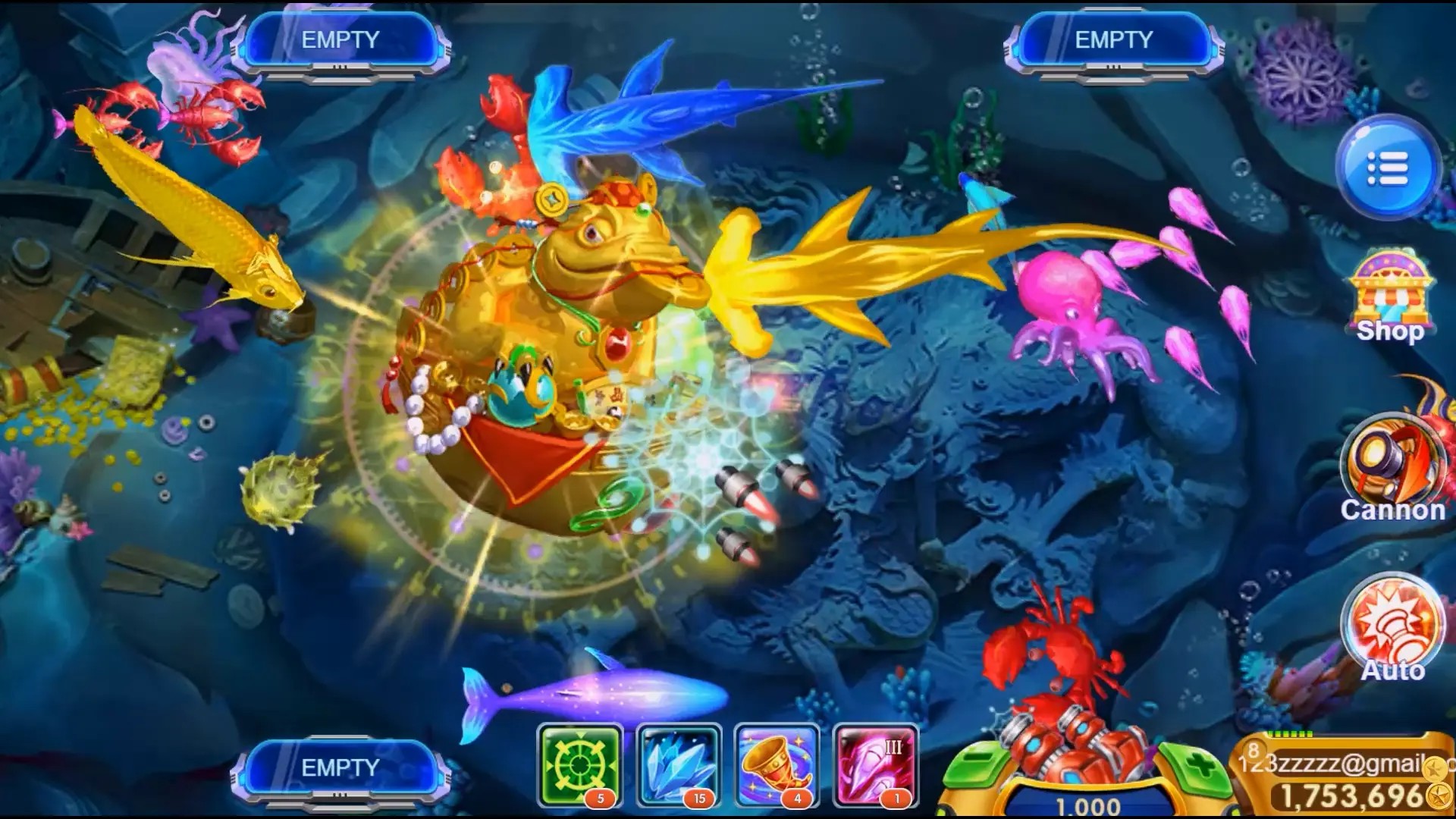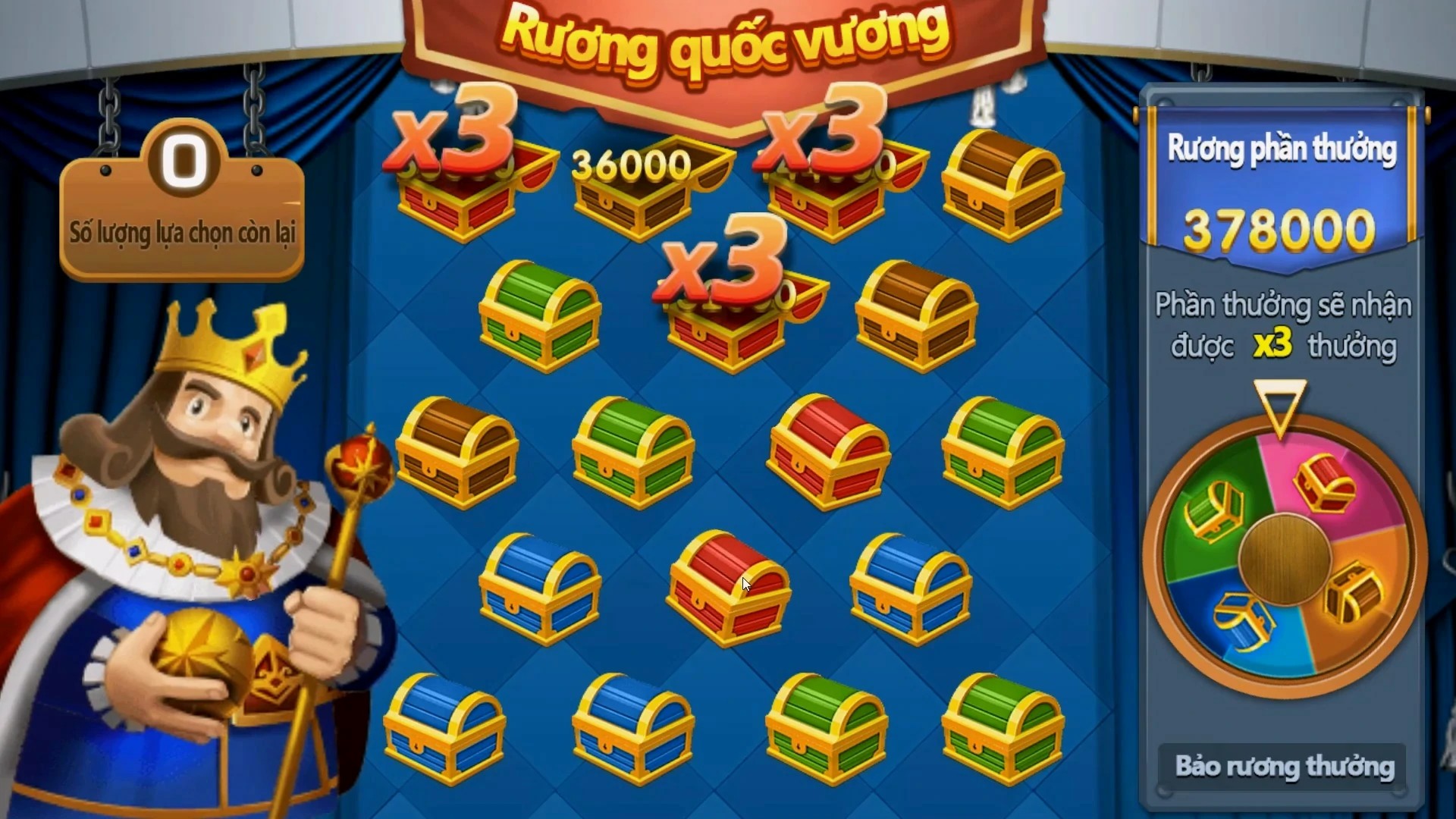Why Idle Games Are the Future of Casual Gaming: A Deep Dive into Their Allure and Accessibility
In recent years, there's been an explosion in the popularity of idle games. Often characterized by their simple mechanics and minimal user interaction, these games have captured the attention of casual gamers worldwide. So, what makes idle games so alluring? Let's explore.
The Rise of Casual Gaming
Casual gaming has evolved tremendously over the past decade. The universal accessibility of mobile devices has created a fertile ground for these games to thrive. Many casual gamers seek entertainment without the time commitment that traditional gaming demands.
Understanding Idle Games
Idle games, also known as incremental games, allow players to progress without requiring them to actively engage with the game continually. Players set up mechanisms that generate resources over time, fostering a rewarding experience. Titles like *AdVenture Capitalist* and *Cookie Clicker* have exemplified this genre. One key attraction of idle games is the satisfaction derived from seeing numbers grow.
Accessibility: The Player's Favorite
Accessibility is paramount in the realm of casual gaming. Idle games shine in this aspect by being easy to pick up and play. Whether it's a five-minute break or an hour-long session, players can enjoy these games without feeling overwhelmed. This flexibility is ideal for busy lifestyles.
The Allure of Rewards
Gamers love rewards, and idle games capitalize on this. The sensation of growth, progress, and achievement through rewards keeps players engaged. Many players experience a dopamine rush as they see their in-game wealth accumulate, even without direct intervention.
Comparison: Idle Games vs. Games with a Story Mode
While games with a story mode offer depth and narrative, they often require a higher time commitment. Players need to invest time in understanding the story and characters. In contrast, idle games focus on quick rewards. Here's a quick comparison:
| Aspect | Idle Games | Games with a Story Mode |
|---|---|---|
| Engagement | Minimal | High |
| Time Commitment | Short Sessions | Long Sessions |
| Complexity | Simple Mechanics | Complex Gameplay |
| Player Interactivity | Low | High |
Community Engagement: A Hidden Gem
Many idle games foster strong communities through social media and forums. Players share their strategies, accomplishments, and customizations, creating an ecosystem of support and engagement. This amplifies the game's appeal, encouraging adherence and a sense of belonging.
Monetization Strategies: Free-to-Play Models
Many idle games utilize a free-to-play model with optional in-game purchases. Players can advance quicker by purchasing resources or bypassing waiting times. This system works well, as players feel they control their progression.
Future Trends in Idle Gaming
The future looks bright for idle gaming. As technology evolves, developers are exploring innovative methods to enhance gameplay. Expect to see more hybrid games incorporating idle mechanics while maintaining narrative depth.
Idle Games and Mobile Accessibility
The smartphone revolution has allowed idle games to gain an overwhelming foothold in the gaming industry. With players constantly seeking quick entertainment during small pockets of free time, these games are perfectly tailored for mobile platforms.
Demographic Appeal: Who Plays Idle Games?
Idle games attract a diverse range of players. From teenagers to adults, the genre appeals to individuals who enjoy quick and rewarding gameplay. Many casual gamers aren’t interested in hardcore mechanics; they desire uncomplicated experiences.
Key Features of Successful Idle Games
- Simplicity: Easy to understand gameplay.
- Progression: Rewards for minimal effort.
- Monetization Options: Free-to-play with in-game purchases.
- Community Support: Strong online presence and active forums.
Overcoming Criticisms: Are Idle Games Real Games?
Critics argue that idle games lack depth and skill. However, skill is subjective. While these games don't typically challenge reflexes, they involve resource management, strategic planning, and optimization. Players often spend significant time perfecting their approach.
Finding Balance: Idle Games vs. Addiction
One significant concern around idle games is the potential for addiction. It's essential for players to recognize the difference between healthy gaming and compulsive behavior. Developers may need to implement guidelines encouraging balanced playtime.
Conclusion: The Bright Future of Idle Games
Idle games are poised to remain a staple in the casual gaming landscape due to their accessibility, rewarding mechanics, and community engagement. As they evolve, their popularity is likely to grow, catering to the ever-changing preferences of today’s gamers. Embracing the charm of idle games means engaging in a world where progress is often just a click away.



